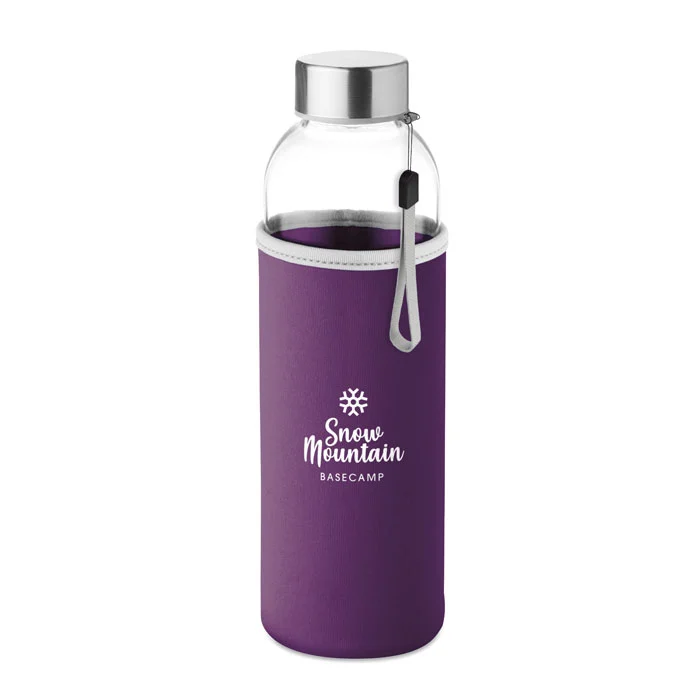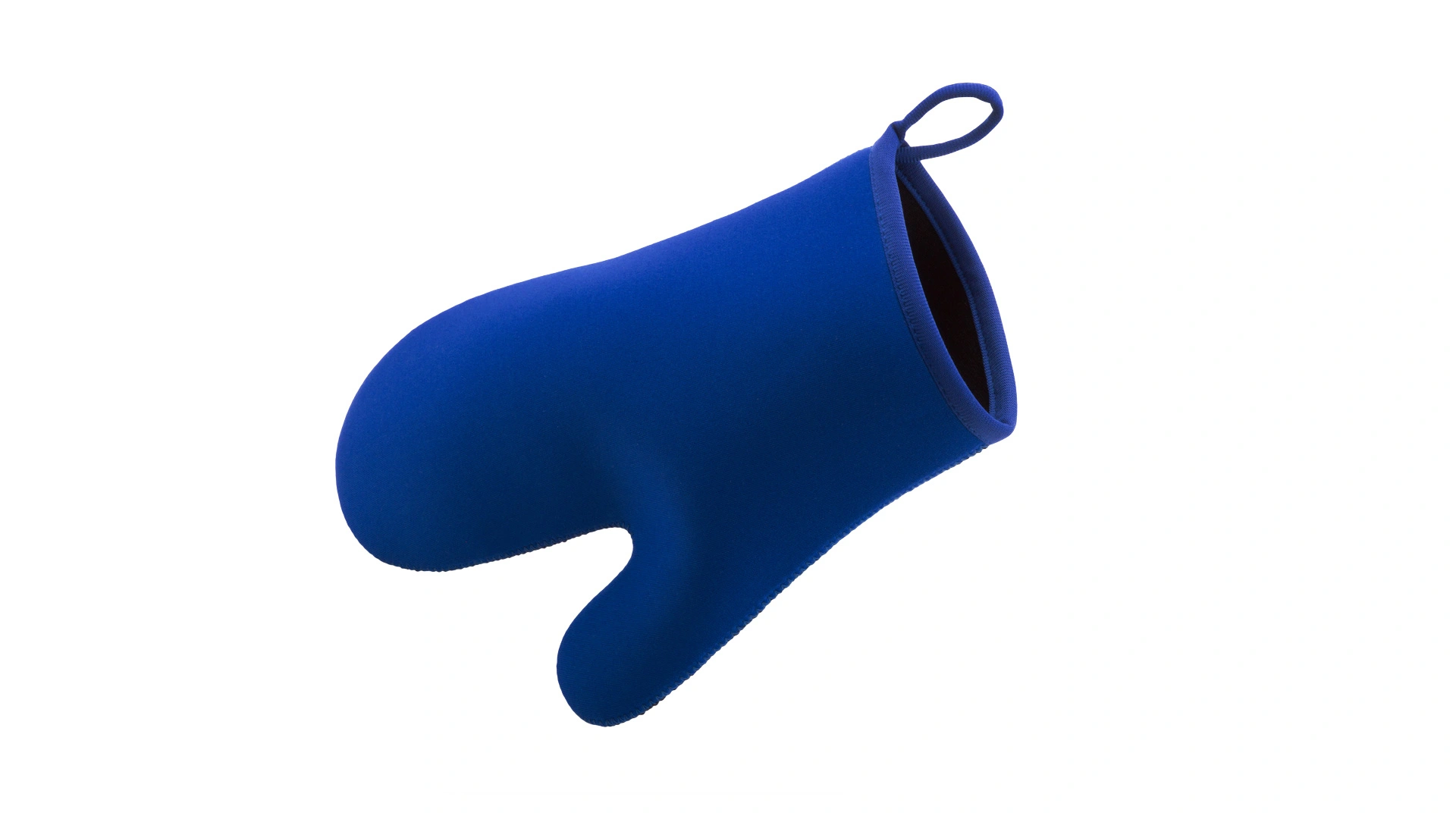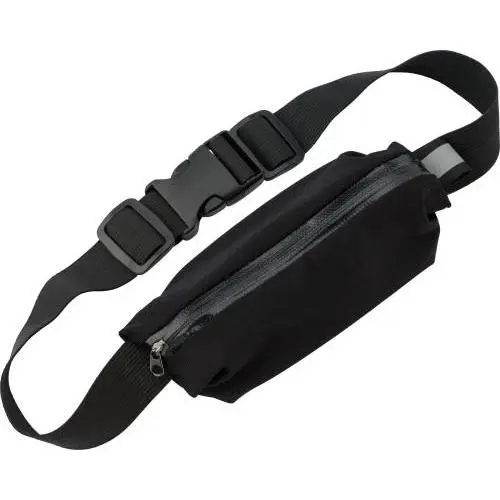What is Neoprene?
A synthetic, versatile, and resistant material belonging to the elastomer family.
It is one of the most significant and widely used synthetic fabrics in the world, valued for its thermal insulation and resistance to liquids.
Neoprene material, a polymer derived from chloroprene, often called neoprene polychloroprene, holds a special place in the world of synthetic materials. Developed by a DuPont scientist in 1930, it is one of the first synthetic rubbers produced on a large scale.
Despite its common association with wetsuits, neoprene plays a fundamental role in a wide variety of applications and products. What makes neoprene exceptional is its lack of reactivity, meaning it tends not to react with other substances. Thus, unlike natural rubber, it is known for its resistance to water, oils, and solvents.
What is polychloroprene Used For? What Applications Can It Have?
Today, neoprene fabric material has myriad applications and is used in various industries.
Sports and Water Activities
Famous for its use in wetsuits, surfing gear, and other water sports due to its excellent thermal insulation and buoyancy. It provides prolonged warmth in the water.
Automotive Industry
It is highly valued in this industry, especially in gaskets and seals, for its ability to prevent the entry of liquids or other components such as water, oil, and other fluids into vehicles.
Agriculture
In the agricultural sector, it is mainly used in the production of gloves and clothing, offering solid protection against chemicals and external environmental factors due to its resistance to liquids and chemicals.
Construction
In this industry, it is used as electrical insulation or adhesive, thanks to its low oxidation capacity. Furthermore, due to its high resistance to heat and electricity, it is used in energy transformers or as sealing joints to make them waterproof.
Neoprene has proven essential in various industries due to its unique properties. Its versatility makes it a valuable resource for addressing a variety of challenges, leading to its growing presence in the promotional gifts sector. Additionally, its cushioning ability is ideal for protecting electronic items or custom bottles.
What are the Properties of Neoprene?
Neoprene is a versatile material with a set of exceptional properties that make it a versatile choice for various uses. Among its most prominent features is its ability as a thermal insulator, thanks to its closed-cell structure that retains a layer of air inside.
Additionally, it has excellent resistance to weather conditions, making it suitable for facing adverse climatic conditions while contributing to temperature maintenance. It is also characterized by its ability to maintain integrity when in contact with liquids such as water, oils, and solvents, even in the presence of corrosive substances or chemicals.
Another outstanding feature is its lightweight and elasticity. Being flexible and resistant to breaks caused by torsion, it can be stretched repeatedly without losing its original shape, allowing for extensive and repetitive movements without breaking.
Positive and Negative Characteristics of Neoprene
Understanding the advantages and less appreciated characteristics of neoprene is essential for making informed decisions about its use in products. Below are some key elements to consider:
- Thermal and Electrical Insulation: Great ability to retain heat and electricity, allowing precise temperature control or protection of sensitive electrical components.
- Versatility: Used in a wide variety of applications in different industries.
- Resistance to Liquids: Its resistance to water and chemicals makes it valuable in environments requiring protection against these elements.
- Hypoallergenic: A safe material that generally does not cause allergic reactions on the skin.
- Longevity: It has a long lifespan and resists wear, reducing the need for frequent replacements.
- Environmental Impact: Production involves the emission of chemicals and may have a negative environmental impact.
- Sunlight Sensitivity: Sensitive to ultraviolet radiation, which can lead to deterioration over time if excessively exposed to sunlight.
- Cost: It may be somewhat more expensive than some alternative materials.
Types of Neoprene Fabric
Softshell comes in various types based on its composition and properties. Some of the most common types include:
Common Neoprene (SBR)
This is the most basic and economical form of this material. It offers good thermal insulation properties and excellent cushioning, making it ideal for bags, cases, long-sleeved clothing, coolers, and protective equipment.
Chloroprene Neoprene (CR)
Chloroprene rubber is known for its durability and flexibility across a wide temperature range. It is commonly used in applications such as gloves, swimsuits, medical equipment, and sports gear.
Closed-Cell Neoprene (CCR)
This is the most basic and economical form of this material. It offers good thermal insulation properties and excellent cushioning, making it ideal for bags, cases, long-sleeved clothing, coolers, and protective equipment.
Open-Cell
This type of neoprene has open cells that allow water circulation. It is ideal for applications requiring drainage and flexibility, such as pads and linings for sports equipment.
Adhesive
It has an adhesive layer on one side, facilitating its application on various surfaces. It is commonly used in sealing and bonding applications in the construction and manufacturing industries.
Each type of softshell has its own characteristics and advantages, making it suitable for a variety of industrial and sports applications. The choice depends on the specific needs of the project.
What Products Can We Find Made of Neoprene Fabric?
As we have seen earlier, neoprene has a wide range of applications, and we will focus on its various uses in the world of promotional gifts, which are quite diverse. Regardless of the industry you operate in or the preferences of your audience, there is certainly a product that fits your needs perfectly.
For kitchen enthusiasts, there are personalized and original neoprene oven mitts and gloves for both men and women.
If you need to protect your laptop, you can find different laptop sleeves that offer excellent protection against impacts. Additionally, personalized water bottles coated with softshell fabric are an ideal option to keep the product protected from shocks and falls.
For running enthusiasts, neoprene-made phone armbands for both summer and winter are an essential accessory that should not be missing in their gear.
Best Marking Techniques for Neoprene
Pad Printing
Pad printing is a technique that uses a silicone pad to transfer ink to a variety of surfaces, including neoprene fabric. Its versatility allows for precise printing on curved and textured surfaces, making it suitable for softshell products with irregular shapes and surfaces.
Screen Printing
Screen printing is a printing technique that uses stencils and inks to transfer designs onto a surface. It is characterized by its durability and vibrant, sharp colours, making it ideal, especially for flat surfaces. It is particularly effective for solid colours and simple designs.
Digital Transfer
Digital transfer uses special vinyl to apply designs directly to neoprene masks or softshell t-shirts. It is ideal for high-resolution designs, precise details, and full-colour printing. If you're looking for custom softshell products with a notable visual impact, this technique is an excellent choice.
Screen Transfer Printing
The screen transfer printing technique involves transferring designs through stencils, heat, and pressure. Its results are long-lasting and especially effective for single-colour logos or graphics. Additionally, it is resistant to washing and wear.
Differences Between Neoprene and Nitrile
Tanto el aluminio como el acero inoxidable son metales comúnmente utilizados en diversas industrias debido a sus propiedades útiles. Sin embargo, existen algunas diferencias importantes entre ambos materiales.
Neoprene
Contains chlorine atoms in its structure
Weather-resistant
Does not degrade with exposure to sun or water
Retains heat
Waterproof
Aquatic applications
Nitrile
Composed of nitrile rubber
Abrasion and tear-resistant
Chemical resistance
Not a thermal insulator
Applications for industrial protection
These differences highlight the unique properties of each material and their suitability for specific applications in various industries and medical fields.
What is the Cost of Neoprene?
The cost of neoprene can vary greatly depending on the type of product it is used in. An important factor to consider is the specific use, as it is not the same to purchase a diving suit as it is to buy a laptop sleeve. More specialized products tend to be more expensive due to the amount of material and labour required for their production. On the other hand, smaller products, such as custom bottle coolers, are usually more affordable as they require less material.
Quality also impacts the price. Products made with high-quality neoprene fabrics can be more durable and have better insulation properties, which is reflected in the final cost. Additionally, it is significant to mention that compared to other similar materials such as nitrile or PVC, neoprene tends to be more expensive because of its better thermal insulation capacity and greater resistance to liquids.
However, despite its price, it is often considered a worthwhile investment. Its durability and resistance, allowing it to survive in challenging conditions, can offset the initial cost in many cases. This makes it a sensible choice for products that need to endure over time and resist wear and tear.
How to wash Neoprene?
No es aconsejable meter cualquier tipo de material metálico dentro del microondas, esto incluye desde el papel de aluminio hasta cualquier tipo de recipiente.
Aunque recientes estudios llevados a cabo por la Asociación Europea de Hoja Fina de Aluminio (EAFA), han afirmado que sí que es posible calentar envases de aluminio en el microondas siempre que este no sea posterior al año 1983 y se sigan las instrucciones.
Conclusions
In summary, neoprene fabric is a versatile and valuable material that offers a wide range of applications in various industries. Its thermal insulation capability, liquid resistance, and durability make it a popular choice, especially for products related to water or temperature.
Despite its slightly higher cost compared to other materials, its longevity and performance justify the investment, especially for smaller-scale products where the individual cost is not high.
Neoprene is a smart choice for promotional gifts as it combines functionality with customization opportunities, making them effective and durable promotional giveaways. Additionally, its use contributes to a brand image of quality and elegance, setting it apart from the competition. Its versatility and unique characteristics keep it in the spotlight in both the industry and the promotional gifts sector, proving to be a material with infinite potential.






